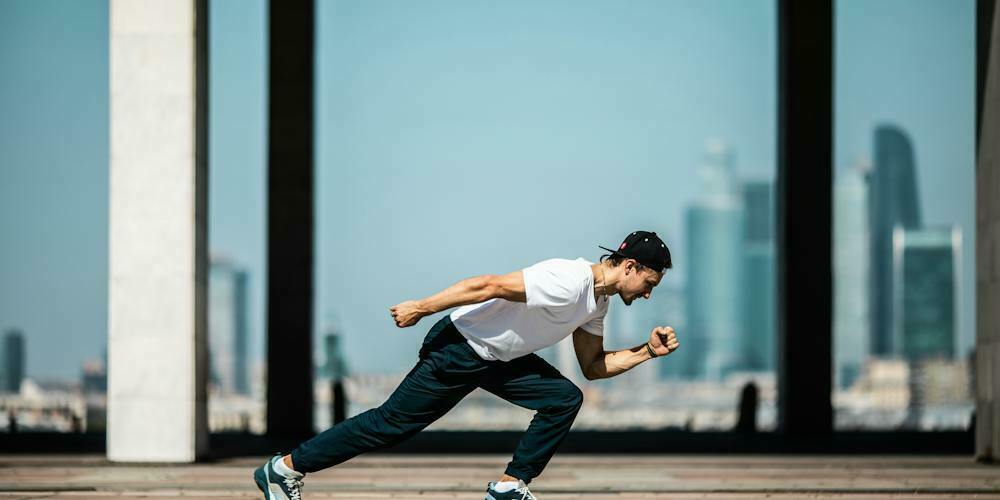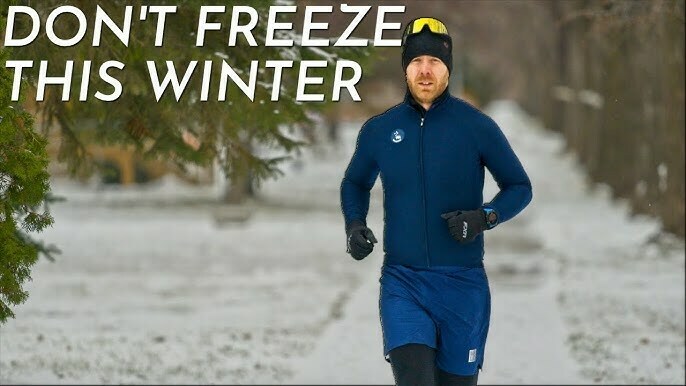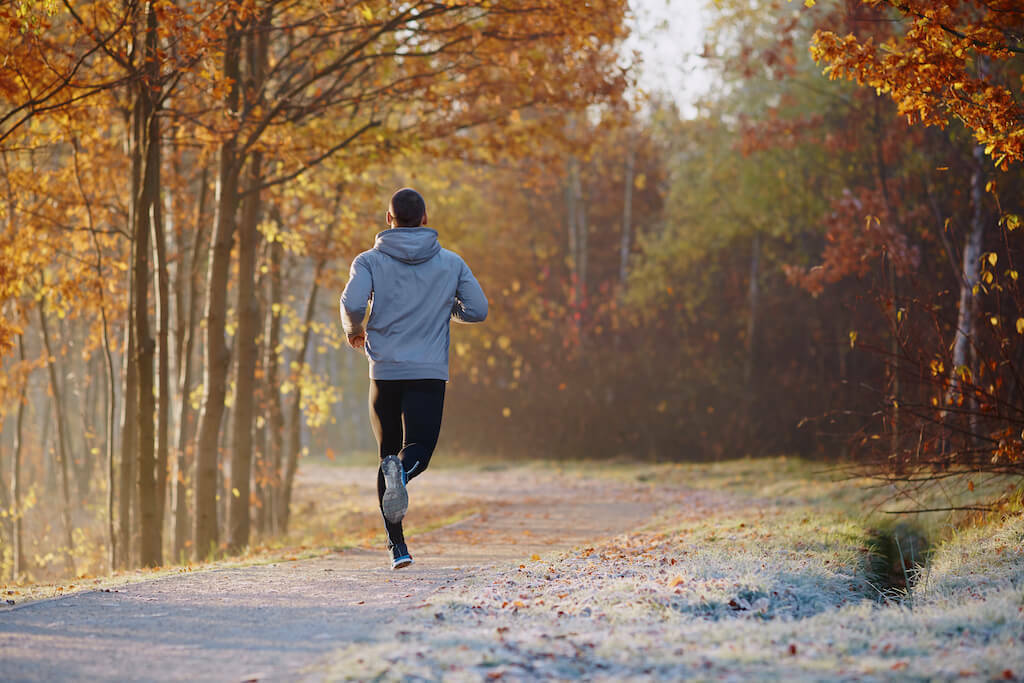Shopping Style
What to Wear When Running Tips and Tricks for Perfect Running Outfits
Running is one of the most popular forms of exercise, and for good reason. It’s a great way to stay fit, relieve stress, and clear your mind. However, when it comes to running, what you wear can make a big difference in your performance and overall experience. From apparel to accessories, everything matters! In this article, we will discuss everything you need to know about what to wear when running.
1. Choosing the Right Running Apparel

###* Comfortable and Breathable Fabric
When it comes to running, comfort and breathability are key. Opt for lightweight and moisture-wicking fabrics such as polyester, nylon, or spandex. These materials are designed to keep you cool and dry by wicking away sweat from your body. Avoid cotton as it tends to absorb sweat and can cause chafing and discomfort.
###* Proper Fit
The fit of your running apparel plays a significant role in your performance. It should be snug but not too tight, allowing for free movement without any restrictions. Loose-fitting clothes can cause irritation or even fall off during your run. To ensure a proper fit, try on your running attire and do some light jogging or stretching before purchasing them.
###* Layer Up
Layering is essential when it comes to running, especially during colder months. Start with a base layer made of moisture-wicking fabric, followed by a mid-layer for insulation, and finish with an outer layer for protection against wind and rain. As you start to warm up during your run, you can shed layers to avoid overheating.
2. Essential Running Accessories

###* Running Shoes
When it comes to running, investing in a good pair of running shoes is crucial. Running shoes are designed to provide support, cushioning, and shock absorption, which are all essential for preventing injuries and improving performance. Make sure to choose shoes that fit comfortably and provide enough room for your toes to move.
###* Socks
The right pair of socks can make all the difference when it comes to running. Look for socks made of moisture-wicking material to keep your feet dry and prevent blisters. Also, consider investing in compression socks, which can improve circulation and reduce muscle fatigue during your runs.
###* Headwear
Running hats or headbands can be a game-changer, especially in hot weather. They help keep the sun out of your eyes and sweat off your face, making your run more enjoyable. In colder weather, opt for a beanie or ear warmers to keep your head and ears warm.
3. Weather-Specific Running Outfits

###* Summer Running
When running in hot weather, it’s essential to wear light-colored and loose-fitting clothes to stay cool. Opt for shorts, tank tops, or t-shirts made of breathable and quick-drying fabrics. Wear sunglasses to protect your eyes from the sun and a hat to keep your head cool. Don’t forget to apply sunscreen to exposed areas to avoid sunburn.
###* Winter Running
Running in cold weather requires proper layering to regulate your body temperature. Start with a base layer made of moisture-wicking fabric, followed by a mid-layer for insulation, and finish with a windproof and waterproof outer layer. Don’t forget to cover your head, hands, and feet with a beanie, gloves, and thick socks to keep them warm.
###* Rainy Running
When running in the rain, it’s important to choose waterproof and windproof outer layers to keep you dry and comfortable. Consider wearing a cap or visor to keep the rain out of your eyes and a long-sleeved shirt to protect your arms. Remember to use a waterproof phone armband or pouch to keep your phone dry.
4. Must-Have Running Gear

###* Hydration Packs
Staying hydrated during a run is crucial, especially in hot weather. Invest in a hydration pack or belt to carry water with you on your runs. These packs come in different sizes and can hold other essentials such as keys, snacks, and even a phone.
###* Fitness Tracker
A fitness tracker is a great tool for tracking your progress, monitoring your heart rate, and setting goals. It can also track your distance, pace, and calories burned, allowing you to adjust your training accordingly.
###* Reflective Gear
If you’re running in low-light conditions, it’s essential to wear reflective gear to make yourself visible to others. Consider investing in reflective vests, armbands, or shoes to improve safety and reduce the risk of accidents.
FAQs

Q: What should I wear when running in the evening?
A: When running in the evening, it’s important to wear light-colored and reflective clothing to make yourself visible to others. Also, consider wearing a headlamp or carrying a flashlight for extra visibility.
Q: Can I wear compression gear during my runs?
A: Yes, you can wear compression gear during your runs. Compression garments can help improve circulation, reduce muscle fatigue, and aid in recovery. However, make sure they fit properly and do not restrict your movement.
Q: What is the best fabric for running apparel?
A: The best fabric for running apparel is moisture-wicking and breathable material such as polyester, nylon, or spandex. Avoid cotton as it tends to absorb sweat and can cause discomfort.
Q: Should I wear a hat when running in the summer?
A: Yes, wearing a hat can be beneficial when running in the summer. It can protect your face from the sun and keep your head cool by providing shade.
Q: Can I wear regular socks when running?
A: It is recommended to wear socks specifically designed for running. They offer better moisture-wicking properties and can help prevent blisters and discomfort.
Conclusion
In conclusion, what you wear when running can greatly impact your performance and overall experience. Invest in good quality running apparel made of comfortable and breathable fabrics, proper footwear, and essential accessories. Be mindful of the weather conditions and adjust your attire accordingly. With the right running gear, you’ll be able to run comfortably and safely, reaching your fitness goals with ease.
